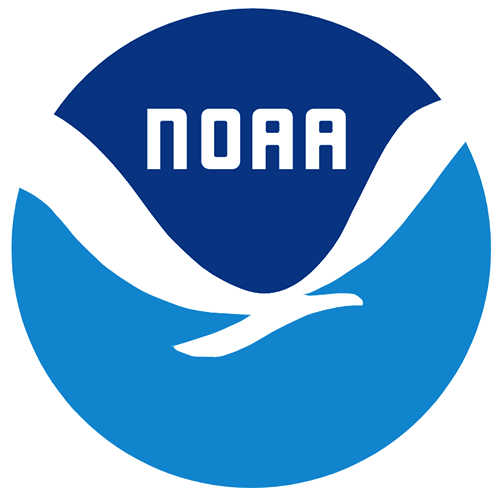2015 OLC Lidar: Snake River
Welcome Guest ( Sign In )
NOAA
 Quantum Spatial has collected Light Detection and Ranging (LiDAR) data for the Oregon LiDAR Consortium (OLC) Snake River FEMA study area. This study area is located in southeastern Idaho.
The collection of high resolution geographic data is part of an ongoing pursuit to amass a library of information accessible to government agencies as well as the general public. In April 2015 QSI employed remotesensing lasers in order to obtain a total area flown of 496,813 acres. Settings for LiDAR data capture produced an average resolution of at least eight pulses per square meter.
Final products created include RGB extracted (from NAIP imagery) LiDAR point cloud data, one-meter digital elevation models of highest hit, bare earth (entire project area) and hydroenforced bare earth (Pocatello study area only) ground models, 0.5-meter intensity rasters, one-meter ground density rasters, study area vector shapes, and corresponding statistical data. Final deliverables are projected in UTM Zone 12. Lidar point clouds were projected back to geographic coordinates and ellipsoid heights for storage in the Digital Coast Data Access Viewer. Custom processing may have further changed the projection and datums. See the spatial reference information and processing steps for details.
Original contact information:
Contact Name: Jacob Edwards
Contact Org: DOGAMI
Phone: 971-673-1557
Email: jacob.edwards@oregon.gov
This data set is an LAZ (compressed LAS) format file containing LIDAR point cloud data.
Quantum Spatial has collected Light Detection and Ranging (LiDAR) data for the Oregon LiDAR Consortium (OLC) Snake River FEMA study area. This study area is located in southeastern Idaho.
The collection of high resolution geographic data is part of an ongoing pursuit to amass a library of information accessible to government agencies as well as the general public. In April 2015 QSI employed remotesensing lasers in order to obtain a total area flown of 496,813 acres. Settings for LiDAR data capture produced an average resolution of at least eight pulses per square meter.
Final products created include RGB extracted (from NAIP imagery) LiDAR point cloud data, one-meter digital elevation models of highest hit, bare earth (entire project area) and hydroenforced bare earth (Pocatello study area only) ground models, 0.5-meter intensity rasters, one-meter ground density rasters, study area vector shapes, and corresponding statistical data. Final deliverables are projected in UTM Zone 12. Lidar point clouds were projected back to geographic coordinates and ellipsoid heights for storage in the Digital Coast Data Access Viewer. Custom processing may have further changed the projection and datums. See the spatial reference information and processing steps for details.
Original contact information:
Contact Name: Jacob Edwards
Contact Org: DOGAMI
Phone: 971-673-1557
Email: jacob.edwards@oregon.gov
This data set is an LAZ (compressed LAS) format file containing LIDAR point cloud data.
